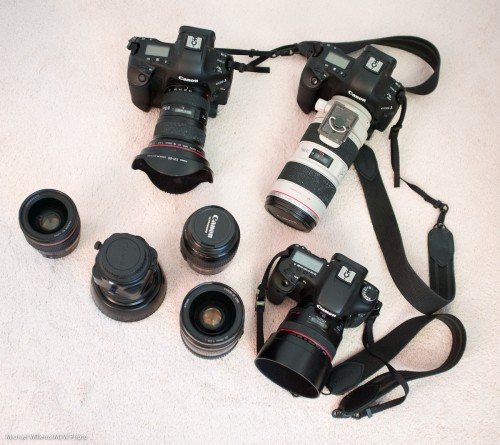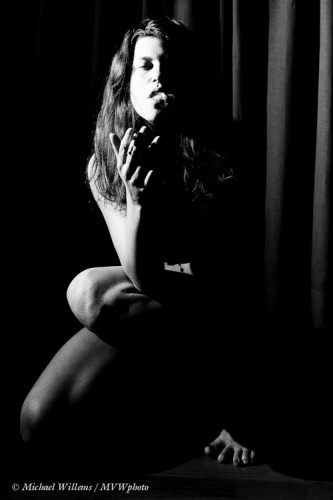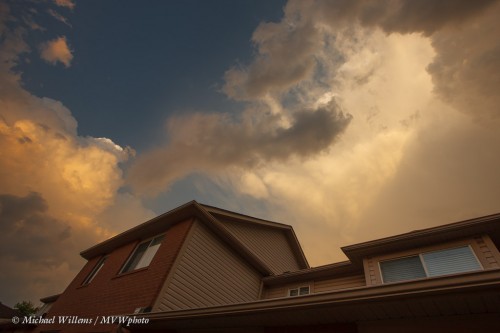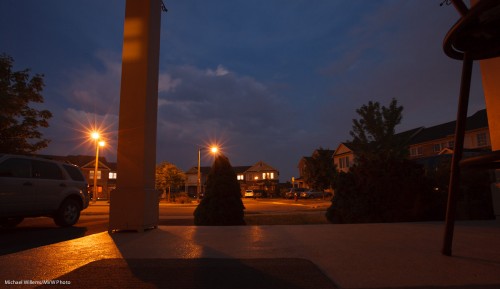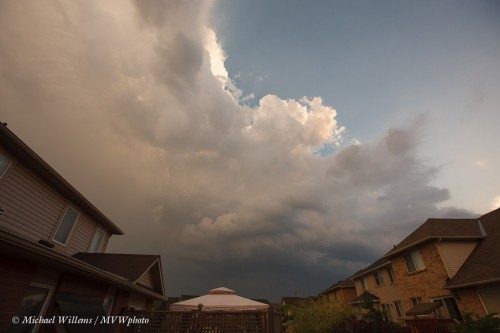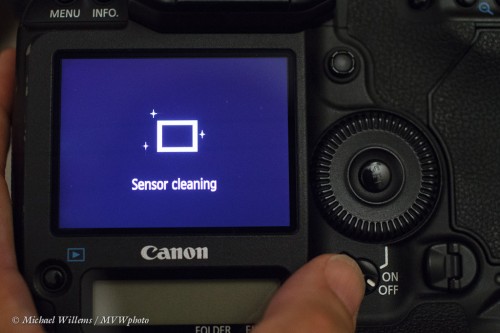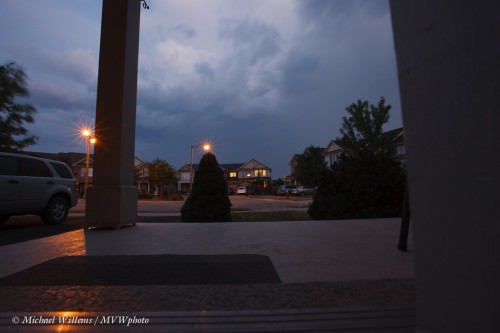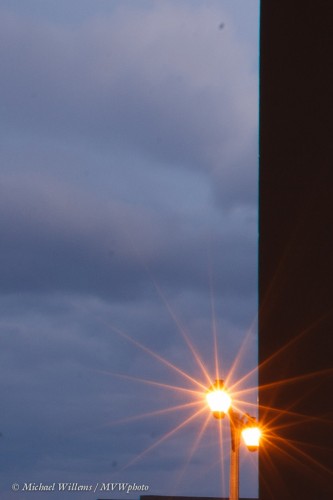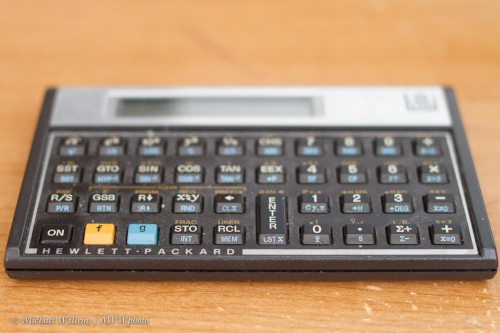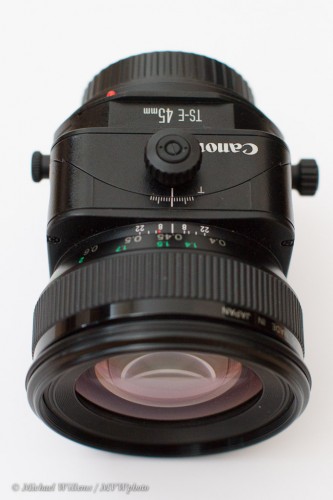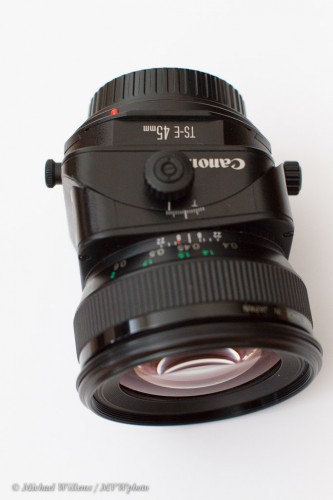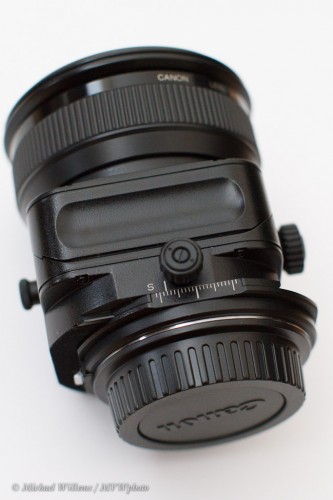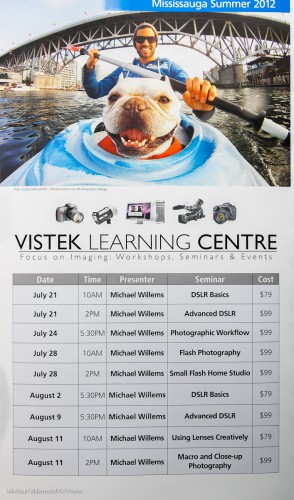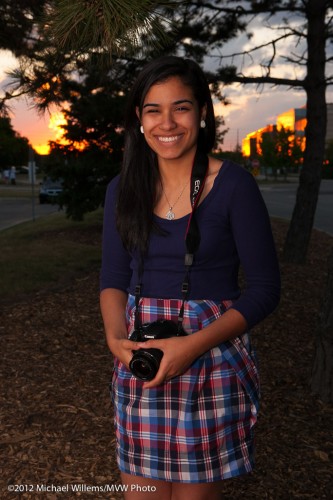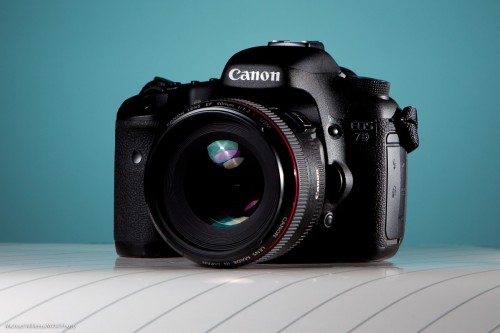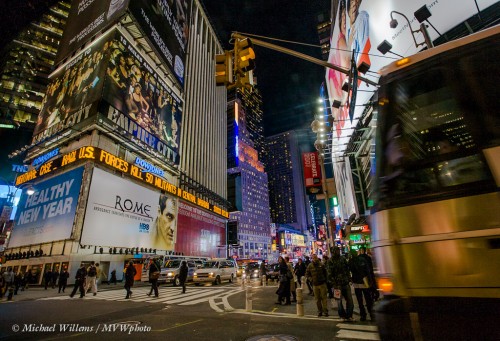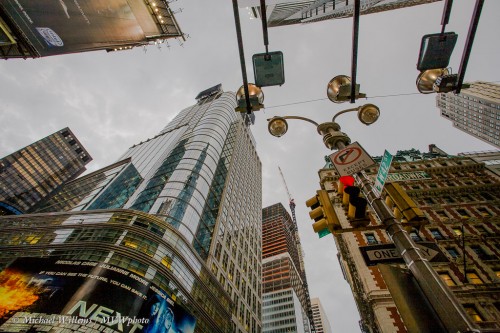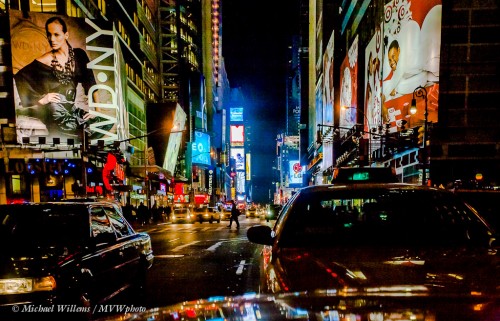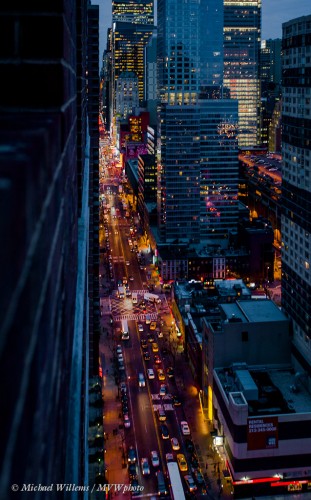This question keeps cropping up – no surprise there. Photography equipment is expensive and making the right choices is therefore very important. Here’s just some of my gear:
The lenses are:
- Prime 35mm f/1.4
- Prime 50mm f/1.2
- Prime 100mm f/2.8 macro
- Prime 45mm f/2.8 Tilt-Shift
- Zoom 16-35 f/2.8
- Zoom 24-70 f/2.8
- Zoom 70-200 f/2.8
Cameras are 1.0 sensor (full size); 1.3 sensor (the 1D) and 1.6 sensor (the 7D). Which means that range of lenses can handle pretty much everything. My lenses are all I could wish for. Just about.
But do you need that kind of investment? Not if you don’t make a living from photography. I have a few tips for you when considering buying a lens:
- Lenses are much more important than cameras. Invest in your lenses – the camera makes little difference.
- I would simply start with a kit lens and a fast prime 50mm lens (“50mm f/1.4” or “50mm f/1.8”).
- Always buy the fastest lenses you can afford (the lowest f-numbers). As you see here, none of my lenses are slower than f/2.8.
- A lens that “does everything” is a compromise. The more a lens does, the more of a compromise it is. A 18-55 (crop) or 24-70 (full frame) is a better general purpose zoom; for longer and wider you add separate lenses.
- IS/VR (Image stabilization/Vibration Reduction) is a great function, and is definitely worth the money if you can afford it.
- If you shoot travel, if you like perspective, if you shoot street, etc – add a wide angle lens – for crop camera that means a lens in the 10-20mm zoom range. Super-wide lenses are the great under-appreciated secret in today’s SLR photography.
- If you shoot macro, get a dedicated macro (close-up) lens.
- A macro lens is also a great portrait lens.
- If you shoot birds or go on a safari, get the longest lens you can buy – perhaps even adding 1.4x or 2x extenders.
- For specialized product or architecture shooting only, get a tilt-shift lens.
- For events, get a 24mm (crop camera) or 35mm (full frame camera) prime lens.
Now that you know those ground rules:
- No, you cannot do it cheaper if you really want to do it well.
- But yes, you can do it cheaper if all you want is the shot, and pro quality is not important.
- Yes, an expensive lens is better than a cheaper lens. Sharper, faster. stronger.
- Yes, lenses cost a lot – but then, they last a long time (decades), both technically and in terms of depreciation.
- Yes, you really have to carry more than one lens if you want quality. I would not have those seven lenses if I did not need them. You may not need as many – but to stop as one is being over-optimistic.
- Yes. you can buy third-party lenses (Sigma, etc) but try them out before you buy and make sure you are happy!
The above pointers should get you started. The faster the lens, the better: go have fun with lenses!

